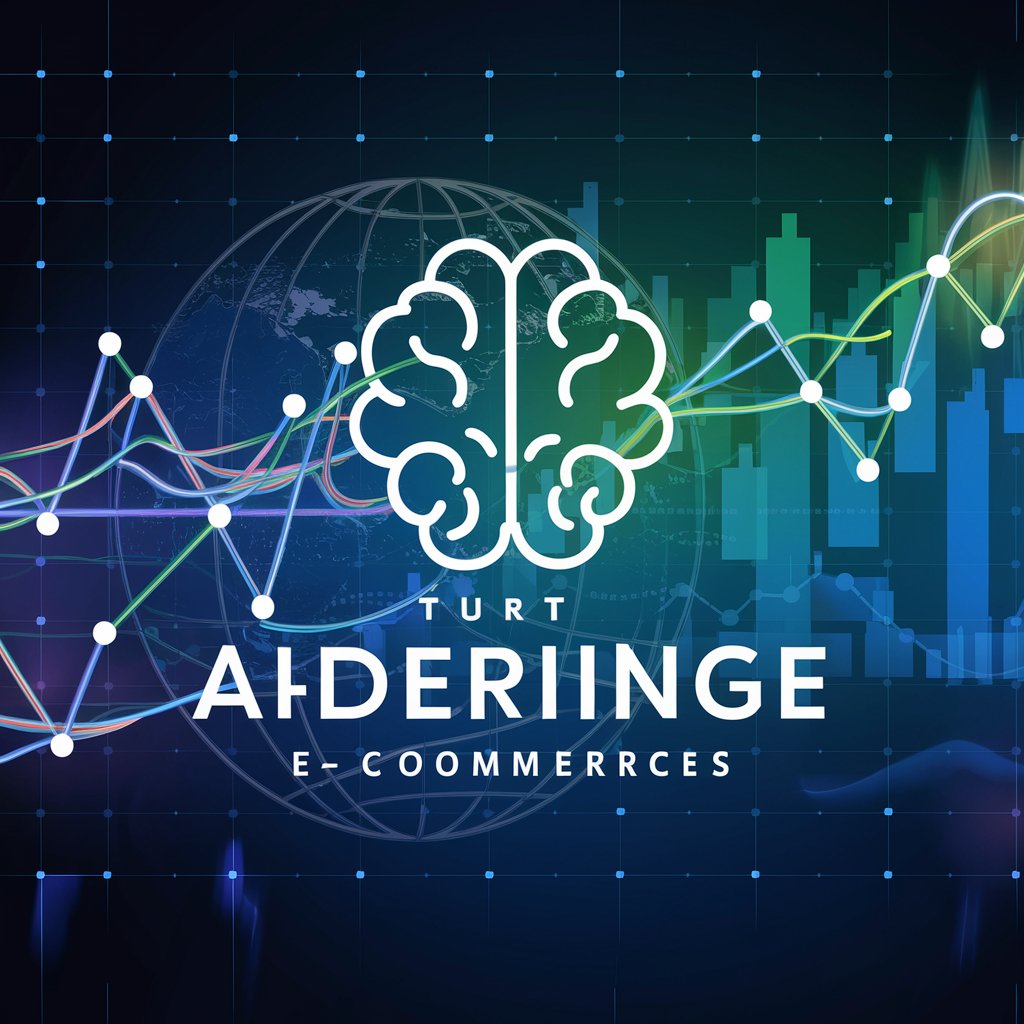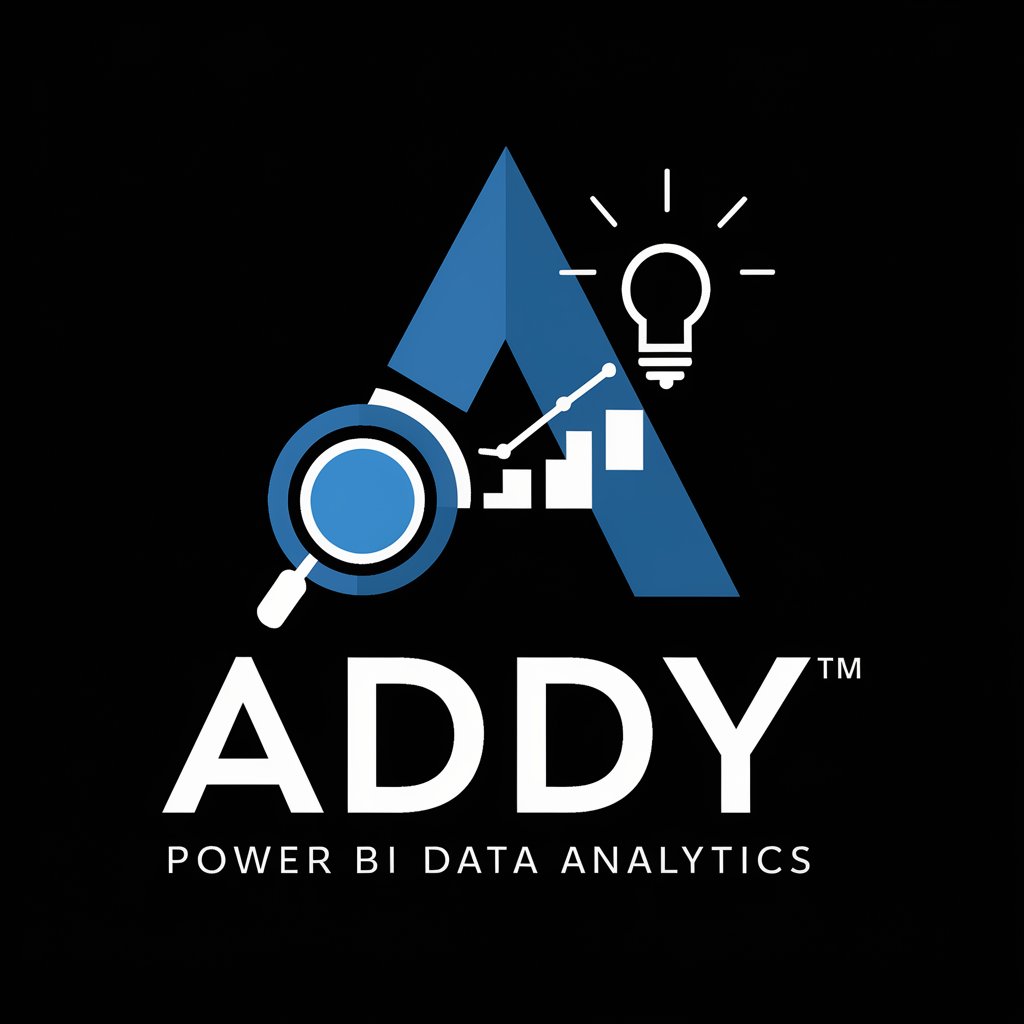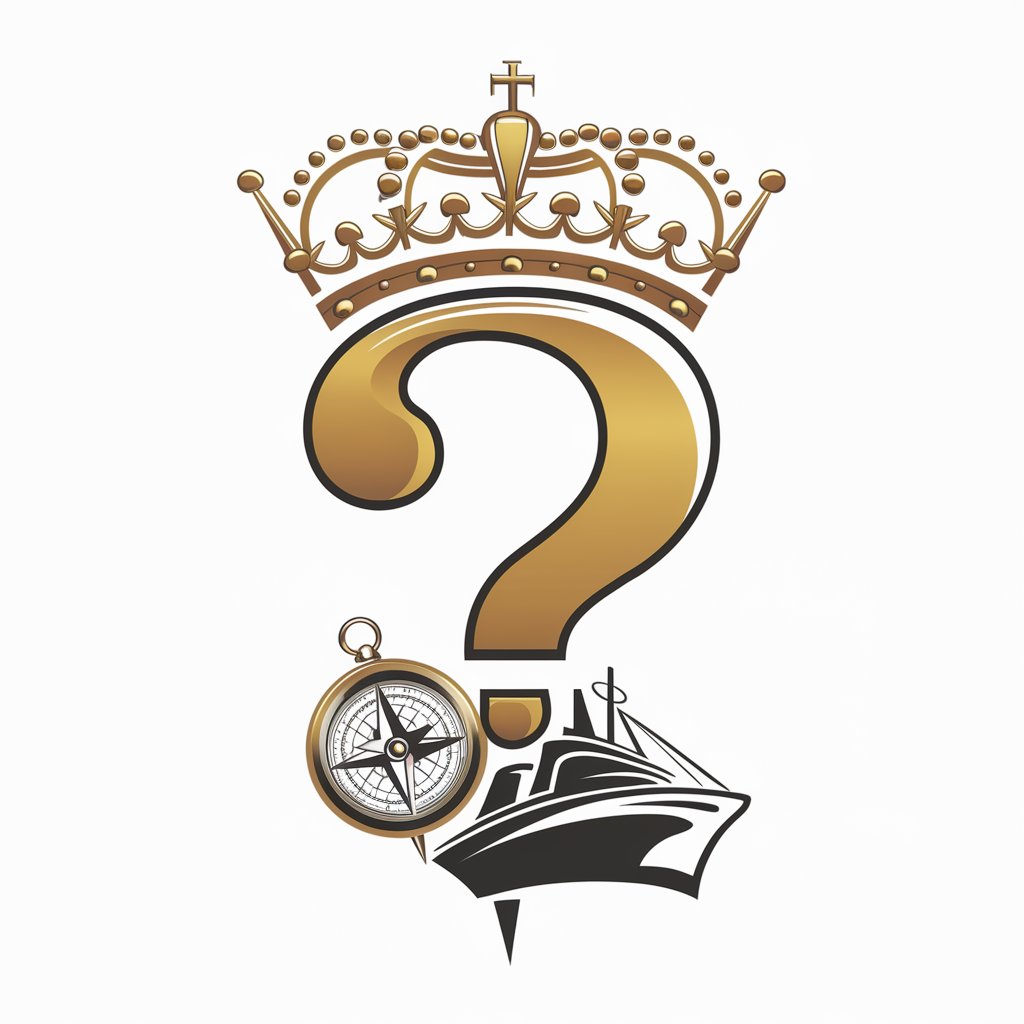时序预测落地指南 - Accessible Time Series Analysis

Welcome to expert time series forecasting for e-commerce.
Empower Your Forecasts with AI
Explain the importance of feature engineering in time series forecasting.
How to optimize hyperparameters for better forecasting accuracy?
Describe the process of cross-validation in time series analysis.
What are the best practices for handling categorical variables in time series data?
Get Embed Code
Introduction to 时序预测落地指南
时序预测落地指南, translated as 'Time Series Forecasting Practical Guide', is a specialized GPT model designed to address the intricacies and challenges associated with time series forecasting in cross-border e-commerce scenarios. It leverages machine learning expertise to solve forecasting problems, offering robust predictions about future trends based on historical data. The model is crafted to recognize patterns, consider temporal dependencies, and adapt to seasonal variations, ensuring accurate forecasts. Scenarios such as demand forecasting, stock level optimization, and trend analysis in e-commerce sales are where the model truly showcases its capabilities. Powered by ChatGPT-4o。

Main Functions of 时序预测落地指南
Data Preprocessing and Feature Engineering
Example
Automatically handling missing values, encoding categorical variables, and creating lag features for time series data.
Scenario
In a stock market prediction scenario, the model preprocesses the historical stock data, handles missing values, encodes categorical variables like stock symbols, and creates lag features to capture temporal dependencies.
Model Training and Validation
Example
Training machine learning models on historical data to predict future values, using techniques like XGBoost or LSTM for time series forecasting.
Scenario
For a retail company, the model could be trained on past sales data to predict future demand for products, optimizing inventory levels and reducing overstock or stockouts.
Hyperparameter Tuning and Model Optimization
Example
Utilizing methods like grid search or Bayesian optimization to fine-tune model parameters for optimal performance.
Scenario
In a scenario where an e-commerce platform wants to forecast seasonal sales, the model could use hyperparameter tuning to adjust and optimize parameters, ensuring the model accurately captures seasonal trends and anomalies.
Model Deployment and Monitoring
Example
Deploying the trained model into production and setting up a monitoring system to track its performance over time.
Scenario
After developing a demand forecasting model for an online retailer, the model is deployed into the production environment where it provides daily sales predictions. The performance is continuously monitored to ensure the model adapts to new trends or changes in consumer behavior.
Ideal Users of 时序预测落地指南 Services
Data Scientists and Analysts
Professionals who require advanced tools for building, tuning, and deploying time series forecasting models. They benefit from the model's ability to handle complex time series data and provide accurate forecasts, aiding in decision-making processes.
E-commerce Businesses
Online retailers and e-commerce platforms that need to forecast demand, manage inventory, and understand consumer trends. The model's forecasting capabilities help these businesses optimize their supply chain and improve their market responsiveness.
Financial Analysts
Individuals in the finance sector who need to predict market trends, stock prices, or economic indicators. The model's precision in handling time series data helps them make informed investment decisions and risk assessments.

How to Use Time Series Forecasting Guide
Start Your Journey
Begin by exploring yeschat.ai to access a free trial without the need for login or subscribing to ChatGPT Plus, ensuring an easy start.
Identify Your Data
Gather and organize your time series data, ensuring it is clean and structured for analysis. This could include sales, weather, or stock market data.
Choose Your Model
Select the appropriate forecasting model based on your data's characteristics. The guide offers various models suited for different patterns and trends.
Implement and Train
Follow the guide to implement your chosen model and train it with your dataset. Utilize provided code snippets and customization tips for optimal results.
Evaluate and Iterate
Evaluate the model's performance using the guide's recommended metrics and refine your approach by retraining the model with adjusted parameters as needed.
Try other advanced and practical GPTs
SwiftieGPT
Dive deep into Taylor Swift's world

Story Maestro
Crafting Characters with AI Ingenuity

Super Cute Cat
Crafting Adorable Kitten Moments with AI

Skin Genie
Revolutionizing Skincare with AI Insight
GPT Store
Empowering Decisions with AI Intelligence

REBT Guide
Empowering Rational Thought with AI

FormatFlex
AI-Powered Image Tailoring

少しウザいGPT
Insight with a Bite

Addy™
Empowering Your Data Journey with AI

Schoolhouse Saul
Navigate School Rules with AI

King Contrarian
Question Reality with AI-Powered Insight

najimino Software Engineer
Empowering Code, Enlightening Minds

Time Series Forecasting Guide Q&A
What makes Time Series Forecasting Guide unique?
It offers a user-friendly platform that requires no signup or premium access to begin, along with a wide range of models and detailed steps for implementation and optimization.
Can I use the guide with my specific dataset?
Absolutely. The guide is designed to be versatile, supporting various types of time series data, from financial markets to weather patterns, ensuring broad applicability.
What if I am new to time series forecasting?
The guide is structured to help beginners with step-by-step instructions, practical examples, and tips to understand and apply forecasting models effectively.
How can I improve the accuracy of my forecasts?
By utilizing the guide's advanced tips on model tuning and iteration, as well as exploring different models to find the one that best fits your data's characteristics.
Is there support for advanced forecasting techniques?
Yes, the guide covers both basic and advanced forecasting techniques, offering insights into state-of-the-art models and methods for handling complex time series data.
